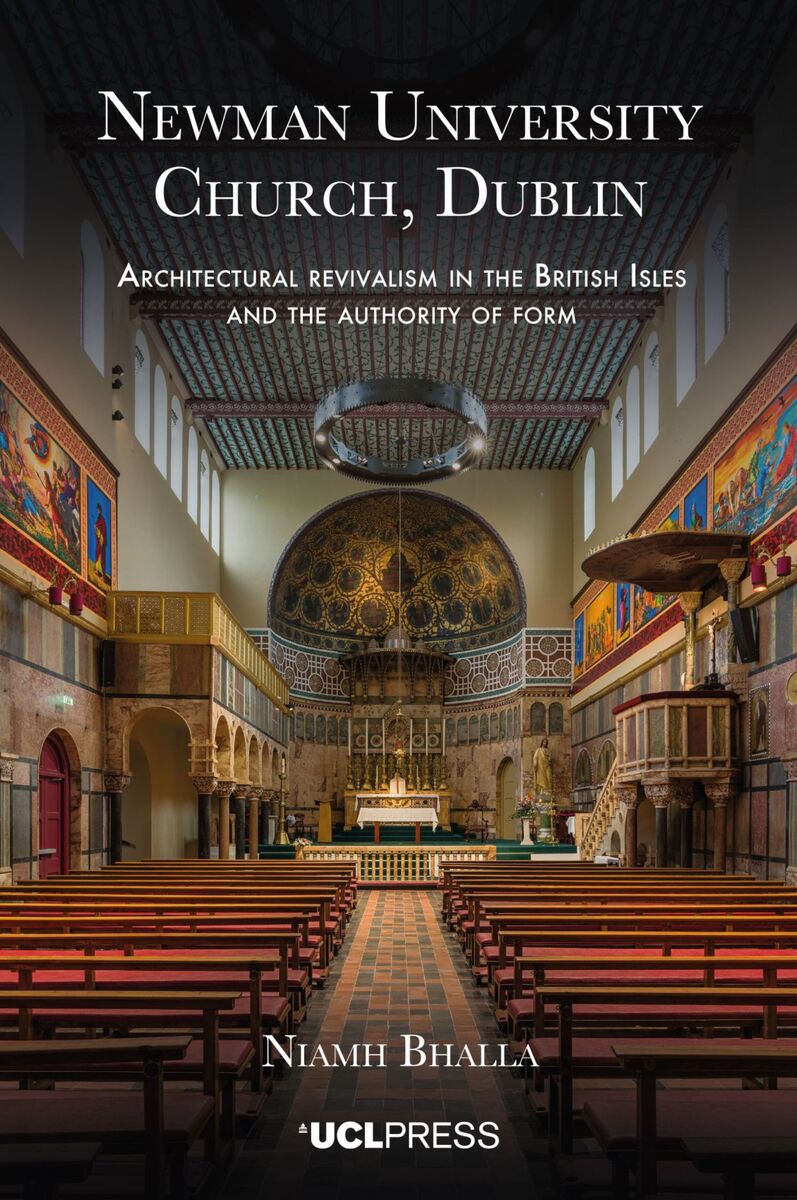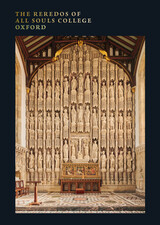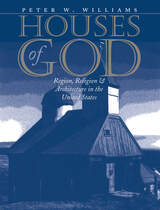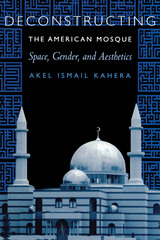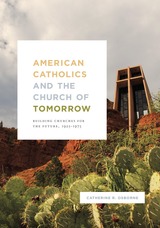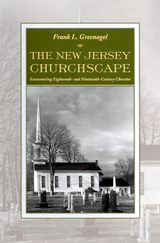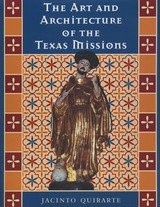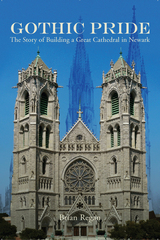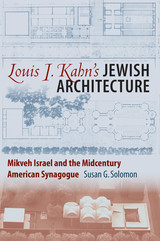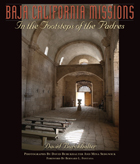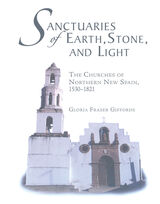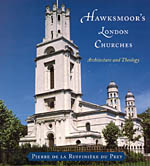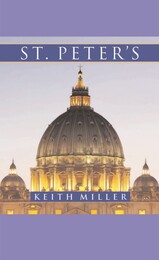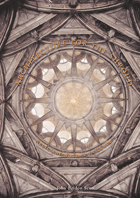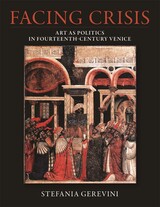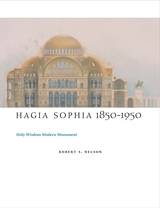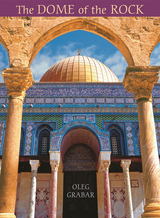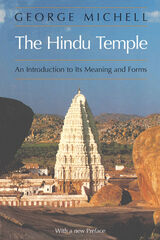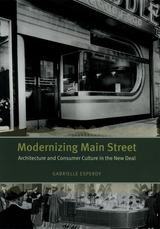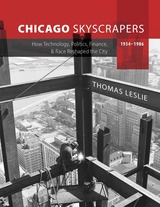Newman University Church, Dublin: Architectural Revivalism in the British Isles and the Authority of Form
University College London, 2024
Cloth: 978-1-80008-702-6 | Paper: 978-1-80008-701-9
Library of Congress Classification NA5491.D7
See other books on: Authority | Buildings | Church architecture | Form | Ireland
See other titles from University College London
Cloth: 978-1-80008-702-6 | Paper: 978-1-80008-701-9
Library of Congress Classification NA5491.D7
ABOUT THIS BOOK | AUTHOR BIOGRAPHY | REVIEWS | TOC
ABOUT THIS BOOK
The first-ever account of the historic relationship between the church and early architecture in Dublin.
Newman University Church, Dublin charts the first ever analysis of University Church’s significance within the history of Victorian revivalist architecture. Author Niamh Bhalla explores the relationship between the church’s context as the first Catholic university in Ireland and the ambiguity of its “early Christian” style, providing an effective lens to understand the architectural revivalism of the nineteenth century, particularly basilican and Byzantine revivalist architectures in the British Isles.
Newman University Church, Dublin charts the first ever analysis of University Church’s significance within the history of Victorian revivalist architecture. Author Niamh Bhalla explores the relationship between the church’s context as the first Catholic university in Ireland and the ambiguity of its “early Christian” style, providing an effective lens to understand the architectural revivalism of the nineteenth century, particularly basilican and Byzantine revivalist architectures in the British Isles.
See other books on: Authority | Buildings | Church architecture | Form | Ireland
See other titles from University College London
